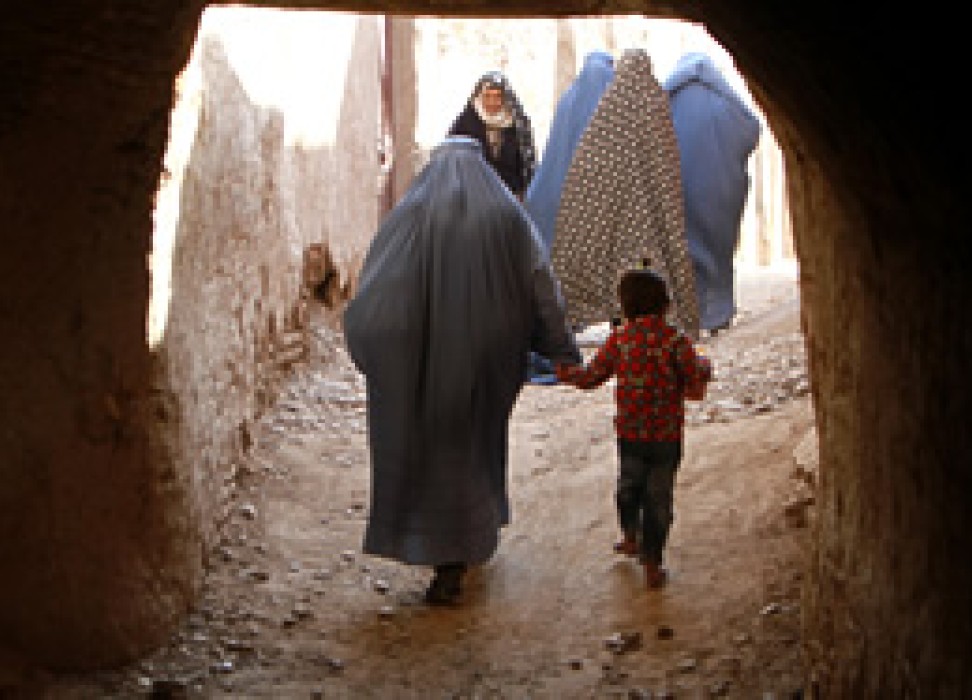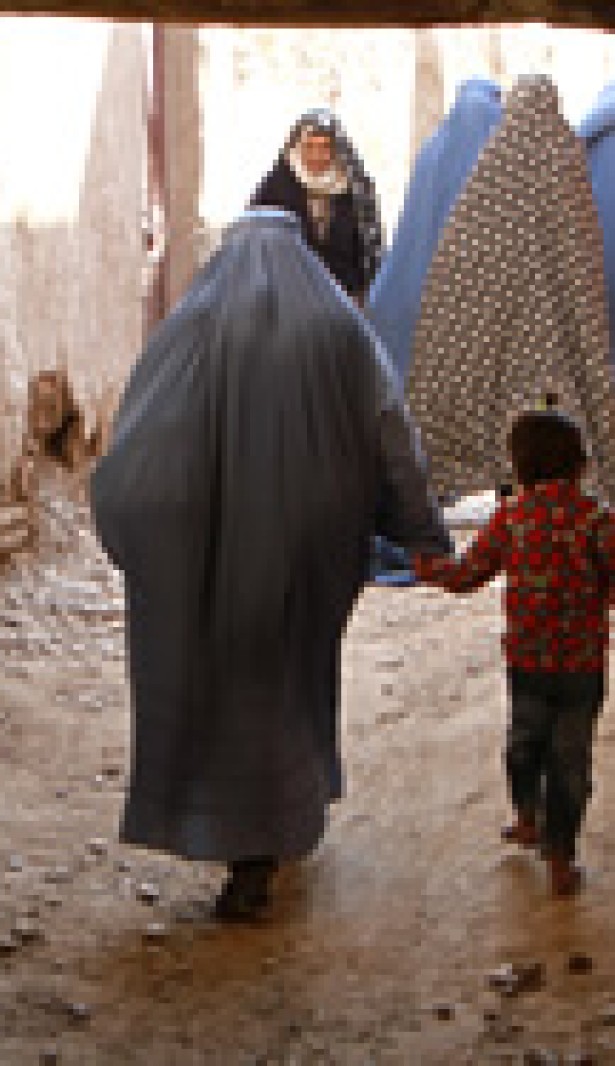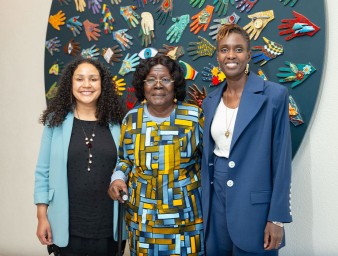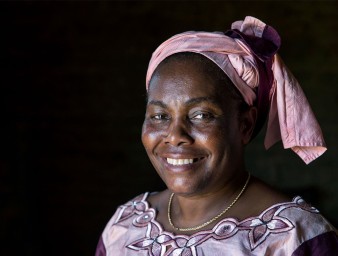A long way to go: progress in combatting violence against women in Afghanistan
28 December 2012

In June 2012 a woman from Parwan province, Afghanistan was publicly executed following allegations of adultery made against her by the Taliban. In July, the head of the Women’s Affairs Department in Laghman province was assassinated and her successor, Najia Seddiqui was murdered just a few months later, in December.
These killings and other similar occurrences in areas not controlled by the Government are cited in the latest report examining the situation of violence against women in Afghanistan. The report by the United Nations Assistance Mission in Afghanistan (UNAMA) with the support of the UN Human Rights Office says there is increasing concern amongst activists and civil society that “conservative elements resistant to women’s rights are again gaining strength.”
The report examines in particular, progress in implementation of the legislation enacted by the Government of Afghanistan in 2009, which criminalized for the first time child marriage, forced marriage, forced self-immolation and other acts of violence against women, including rape.
“Harmful practices and violence against women in Afghanistan have long prevented women from participating in public life and blocked their voices from being heard in decision-making and political forums”, the report says and goes onto stress that the Law on Elimination of Violence against Women (EVAW) could assist in addressing that imbalance.
Reacting to the murder of Najia Seddiqui on December 10, the UN Human Rights Office has said her killers must be found. It has to be understood “that people who target women in Afghanistan must be brought to justice,” says Office spokesman Rupert Colville.
The responsibility for the killing of her predecessor has been attributed to the Taliban but the UNAMA report points out that she had been threatened by a senior government official because of her refusal to give him information about the whereabouts of a 19 year old woman he wanted to marry. The young woman was already married to a man of her own choosing.
UNAMA describes as an “encouraging development” the increase in the number of incidents being reported. However, the number of convictions remained very low, the report says. A substantial impediment to achieving justice is the continuing practice by the Afghan National Police and prosecutors offices of referring cases to the jirgas (gatherings of elders) and shuras (local councils) “which often undermined implementation of the EVAW law and reinforced harmful practices.”
The report says too, that prosecutors and courts are applying the law more often, however, its “overall use remained low indicating there is still a long way to go before women and girls in Afghanistan are fully protected from violence through the law.”
For many reasons, including cultural restraints, customary and religious beliefs, discrimination, fear of exclusion and stigma and threats to life, “Those incidents that reach law enforcement and judicial authorities or receive public attention through the media due to their egregious nature represent the tip of the ice-berg of incidents of violence against women throughout the country,” according to the report.
The most frequent of all violations, the report says, is one that is not even recorded by law enforcement authorities: forced and underage marriages are believed by the Department of Women’s Affairs and Afghanistan Independent Human Rights Commission to be the most prevalent form of violence against women and girls.
Battery and laceration is the most common crime officially registered although in just three months the number of honor killings has increased three-fold and the practice of wrongfully prosecuting women and girls for running away from home also continues.
In the report, UNAMA and OHCHR urge the President and other senior officials to “publicly emphasize that promotion and protection of women’s rights is an integral part and main priority of peace and reconciliation throughout Afghanistan, and a central pillar of the country’s political, economic and security strategies.”

VIEW THIS PAGE IN:



